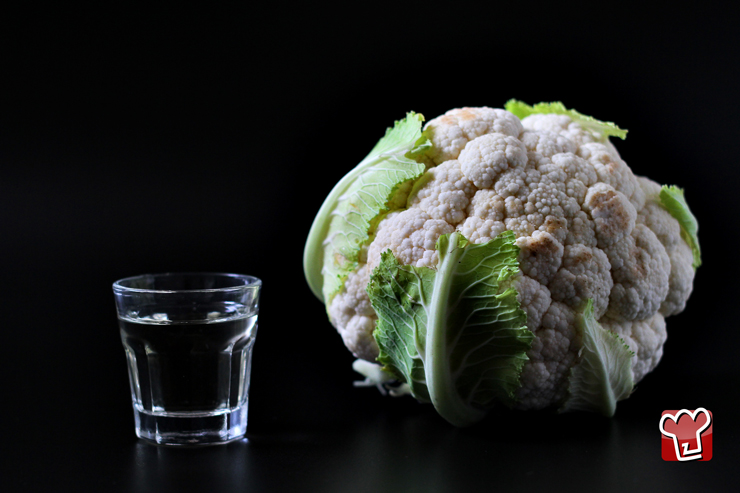Pickled cauliflower
Eating certain fruits and vegetables out of the season, buying them from our supermarkets who ship them from who knows where in the world, is damaging habit in terms of pollution and the general impact of human activities on the ecosystem. There are, however, always exceptions to be made and, above all, we should always consider how we might use special cooking or storage systems at home that allow us to enjoy fruit and vegetables out of season. In order to pursue this idea further, we have discovered the perfect recipe for preserving cauliflower florets so that they can be eaten out of season. So, we’re going to share the valuable advice of our chef with you in the hope that you will be able to make pickled cabbage that matches your expectations. Are you ready to enjoy your favourite market vegetables even when there are none of them about?
Ingredients
-
waterfall 300 millilitres
-
salt 100 grams
-
pepper 10 grams Whole pepper corns

Send the recipe
Preparation
Wash the cauliflower thoroughly then divide it into small "florets". Prepare a solution of water and vinegar with salt and sugar. Then blanch the cauliflower for 2 minutes in this solution and let it cool on a dry cloth. Sterilize the jars, then fill them with the cauliflower florets. Add some peppercorns to the solution in which you boiled the cauliflower. When the solution is almost cold, pour it into the jars up to the brim, then put the lids on and let them sit in cool, dark pace for at least 40 days.
Step by step
|
View the step by step
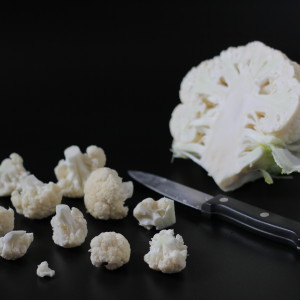
|
Wash the cauliflower well and then divide into florets
|
|
View the step by step
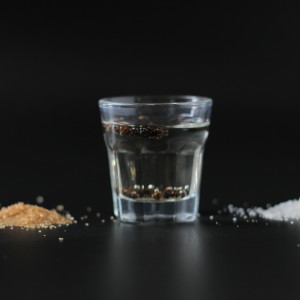
|
Make a solution of water and vinegar with some added sugar and salt, then blanch the cauliflower for 2 minutes and leave to cool on a clean cloth
|
|
View the step by step
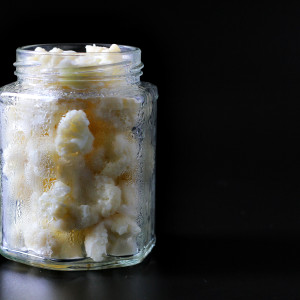
|
Sterilise the jars, then fill with the cauliflower. Get the solution of vinegar, water, salt and sugar and add a few peppercorns for flavouring
|
|
View the step by step
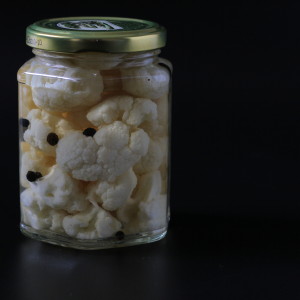
|
When the solution is cold, fill the jars up to the brim, replace the lids, and leave to rest in a cool dark place for at least 40 days
|
|
View the step by step

|
When the solution is cold, fill the jars up to the brim, replace the lids, and leave to rest in a cool dark place for at least 40 days
|




